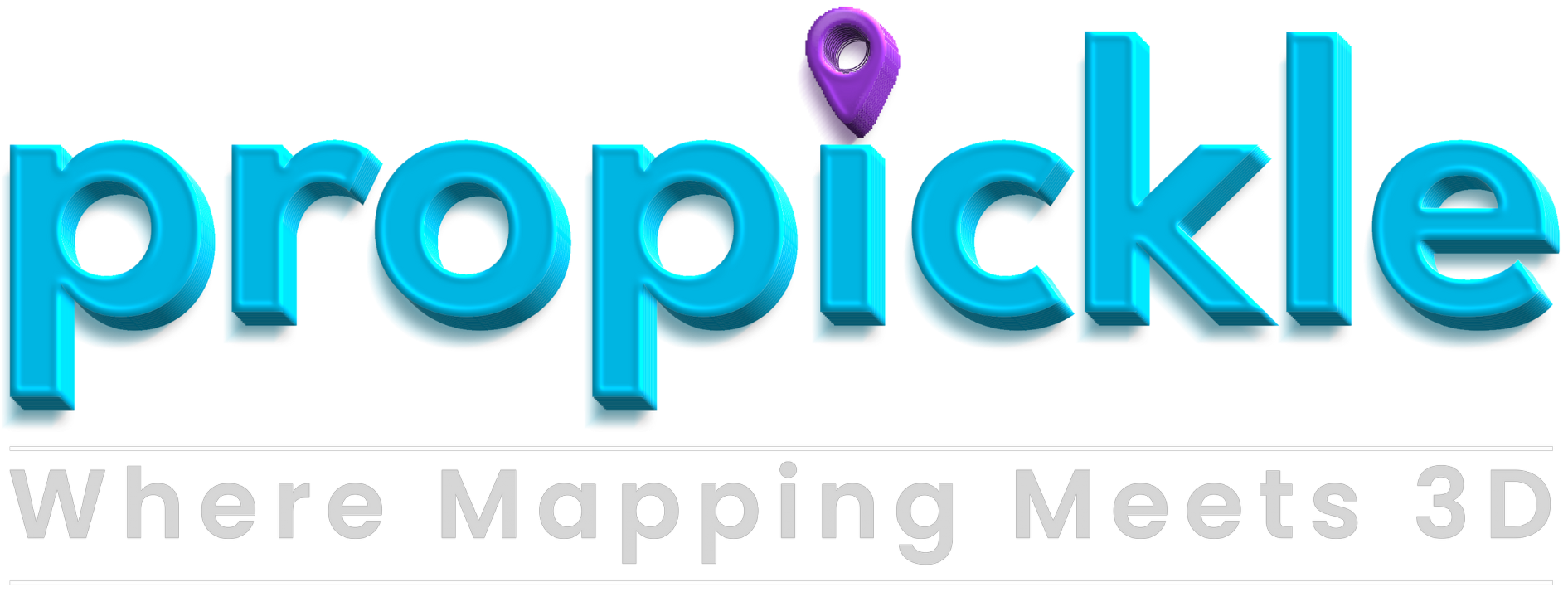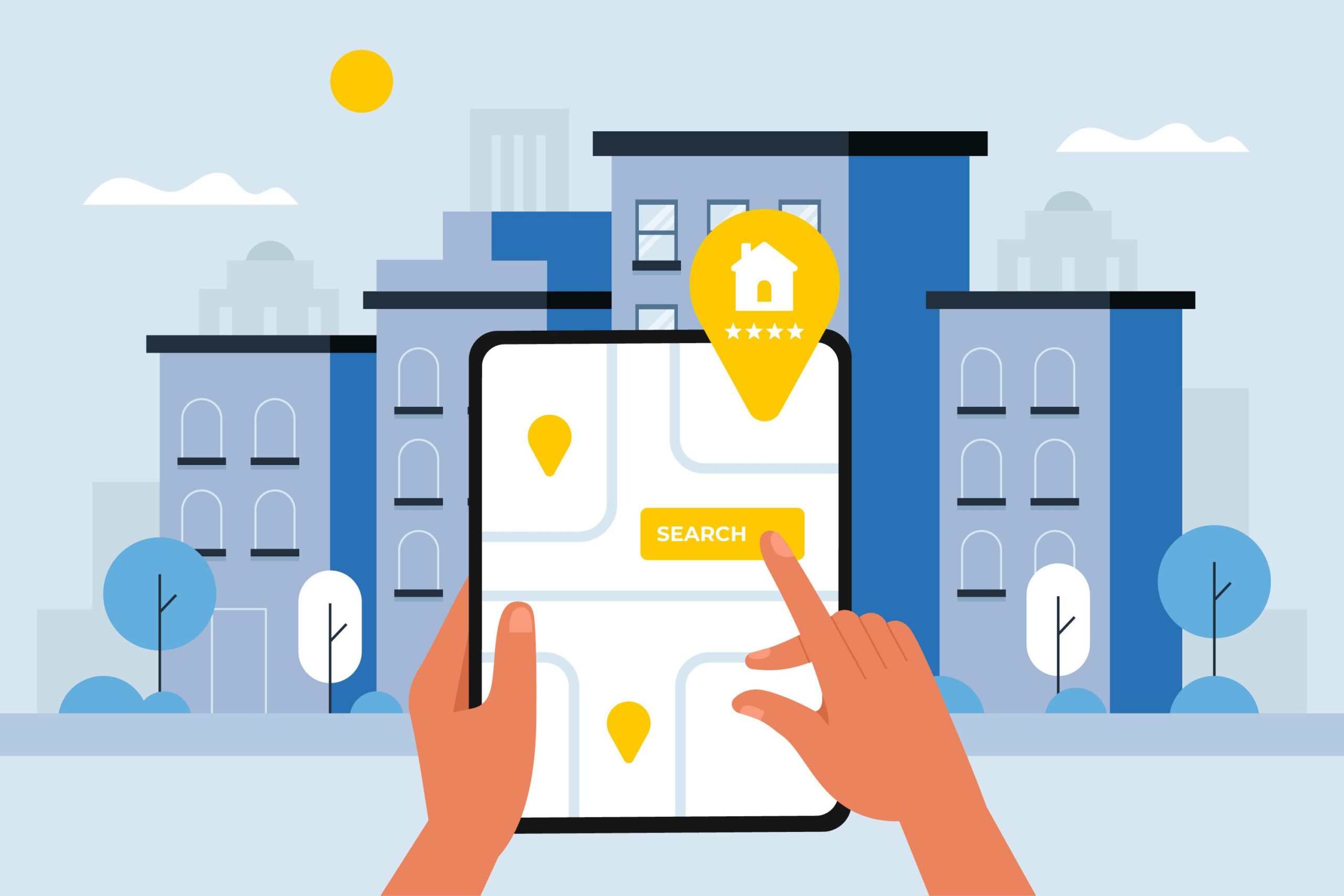Buying property has always been about experience. The way a potential buyer feels when they step onto a site, walk through a sample flat, or imagine their life in a new home can often make or break a deal. But in today’s digital-first world, physical site visits are no longer the only way to create that emotional connection. With virtual site tours for real estate projects, developers now have the power to bring properties to life on a screen anytime, anywhere.
The Shift from Traditional to Digital
For years, real estate relied heavily on brochures, 2D floor plans, and in-person visits. While these tools served their purpose, they often left buyers struggling to truly visualize a space. That gap is now being bridged by 3D solutions for real estate experience. Through immersive, interactive technologies, developers can offer buyers a realistic sense of scale, ambiance, and lifestyle without them having to leave their homes.
Imagine a family in another city exploring a project in Gurgaon with just a few clicks. They can walk through the living room, check the view from the balcony, and even understand how sunlight fills the master bedroom through a web-based 3D walkthrough for real estate. This level of access and transparency is changing the way property buying decisions are made.
Why Virtual Tours Work
Virtual site tours aren’t just about convenience; they’re about confidence. When buyers can see every detail, they feel more secure in their decision-making. For developers, this means shorter sales cycles, higher engagement, and fewer drop-offs.
Key benefits include:
- Interactive experiences: With interactive 3D mapping services for real estate, potential buyers don’t just view a property, they explore it.
- Stronger storytelling: 3D visualization solutions for property developers make it easier to convey lifestyle, design, and functionality.
- Global reach: A buyer doesn’t need to be physically present. Virtual tours allow you to showcase projects to audiences across the country and even overseas.
- Fewer surprises: Detailed walkthroughs reduce misunderstandings, making customers feel that what they see is truly what they’ll get.
Beyond Virtual Tours: The Rise of Digital Twins
One of the most exciting advancements in real estate technology is digital twin technology for real estate. This goes a step further by creating a digital replica of an entire project. From layouts and finishes to construction updates, a digital twin can track progress, highlight changes, and provide stakeholders with real-time insights.
For developers, this not only improves transparency but also helps in planning, marketing, and customer engagement. When combined with virtual tours, digital twins create a complete ecosystem where both developers and buyers can interact with the property in meaningful ways.
Making Real Estate Exploration Engaging
Property buying doesn’t need to be a static experience anymore. With tools like gamified property exploration and interactive location mapping for real estate, developers can make the journey exciting and memorable.
For instance, imagine a map that allows buyers to click on towers, zoom into specific floors, or explore nearby amenities like schools, hospitals, and malls in real-time. Or a gamified experience where potential buyers unlock different features of the property as they navigate through the virtual space. These aren’t just gimmicks, they make the buying journey fun, engaging, and far more persuasive.
How Developers Can Leverage These Tools
To truly make the most of these technologies, developers need to see them not as add-ons but as integral parts of their sales strategy. Here’s how:
- Integrate early: Use 3D mapping platforms for real estate right from the pre-launch stage. This builds excitement and helps capture leads before the site is ready.
- Focus on usability: Ensure that your real estate experience with interactive 3D visuals works seamlessly on all devices. Buyers shouldn’t struggle with heavy files or complicated interfaces.
- Highlight lifestyle: Go beyond layouts, show buyers how the spaces will feel. Let them walk through landscaped gardens, fitness centers, and rooftop lounges.
- Market smarter: Pair your digital assets with targeted online campaigns. A virtual tour can be embedded in your website, shared via WhatsApp, or showcased in ads to capture attention instantly.
The Future of Real Estate Marketing
The real estate sector in Gurgaon, Delhi NCR, and beyond is evolving rapidly, and buyers now expect digital-first experiences. By embracing interactive 3D mapping services for real estate, virtual site tours, and digital twin technology, developers are not just keeping up with the times, they are redefining how properties are presented and sold.
The move from site visits to screens is more than a trend. It’s a fundamental shift in how trust, transparency, and value are created. And for developers who adopt these tools early, the payoff is clear: more engaged buyers, faster conversions, and stronger brand credibility.
Final Thoughts
Virtual tours, 3D visuals, and digital twins aren’t replacing the human touch in real estate, they’re enhancing it. They give buyers the clarity and confidence they need, while giving developers powerful tools to stand out in a crowded market.
The projects that truly succeed will be those that blend technology with storytelling, turning static brochures into living, breathing experiences. When done right, virtual site tours don’t just showcase properties, they help close deals.

